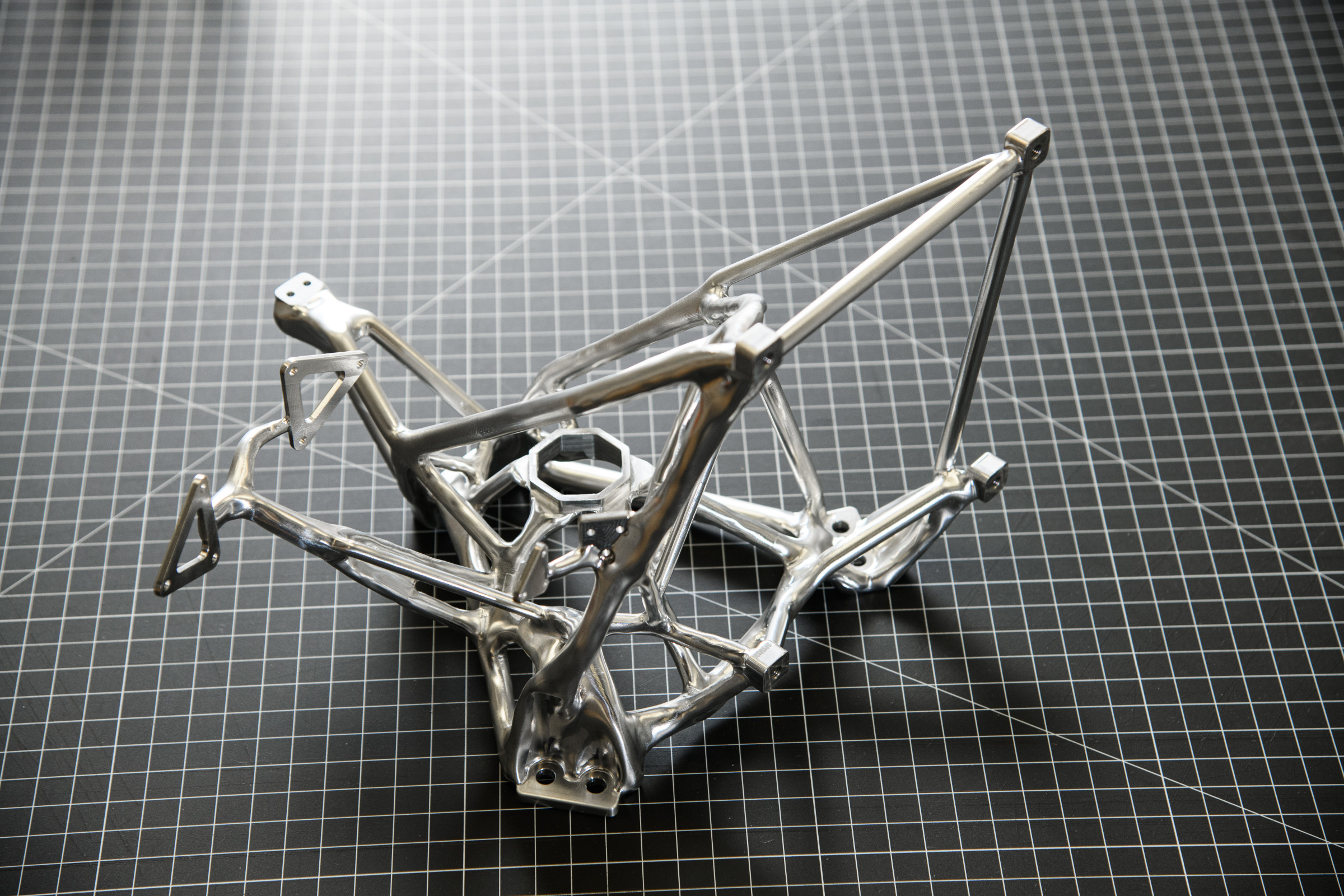NASA is relying on AI to help create better spacecraft parts, the space agency has announced. The hardware is being designed by artificial intelligence, but NASA says it still relies heavily on human input. However, the space agency notes that the materials and parts created by the AI are much better than what humanity could come up with alone.
For starters, the new spacecraft parts created with the help of NASA’s AI are able to withstand high structural pressures and weigh much less than those designed by humans alone. Additionally, the parts require a small fraction of the time to create and design by using AI to help speed the process up.
According to Ryan McClelland, a research engineer, the parts look almost alien, similar to the bones of what might be left behind by an alien species in a science fiction movie. However, McClelland says that when you see the parts in action, it all makes sense for why NASA would turn to AI to help design these spacecraft parts.

What’s even more impressive here is that NASA isn’t relying on a first-party AI to make spacecraft parts. Instead, the space agency is using a commercially available AI. A computer-assisted design (CAD) specialist then creates a project with the mission’s various requirements. It draws in the surfaces where the part connects to the instrument or the spacecraft itself.
NASA noted that the CAD specialist may also need to block out specific paths so that the AI does block laser beams or optical sensors. Further, the spacecraft parts may require additional room for technicians to work. All that has to be taken into account when NASA engineers let the AI start working on the spacecraft parts.
Once those main areas are defined, though, the AI gets to work and “connects the dots.” It’s an impressive way to use AI, and one that could very well help create some astounding hardware for NASA’s future missions. In other spaces, AI is proving a bit more of a hindrance, with Microsoft’s latest Bing ChatGPT update seemingly threatening users.








